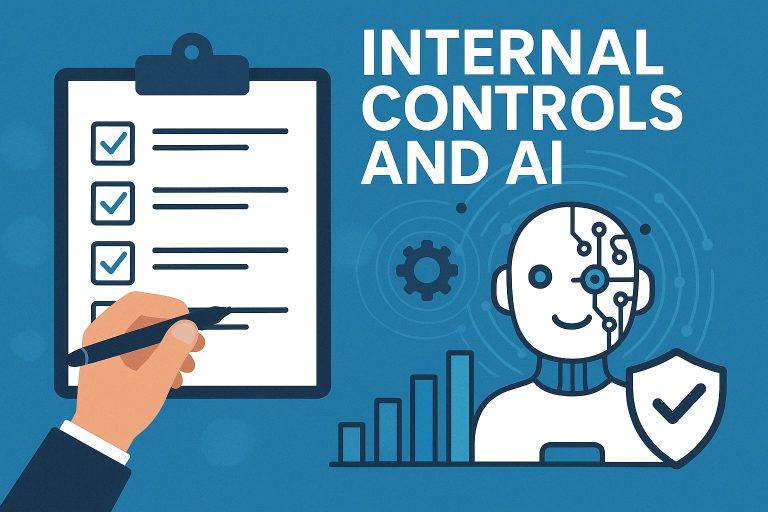The audit process is a meticulous examination of an organization’s financial health and adherence to regulations. Underpinning this process is a crucial element – audit documentation. This detailed record serves as the backbone of the audit, providing a clear picture of the procedures performed, evidence obtained, and conclusions reached.
Why is Audit Documentation Important?
Effective audit documentation offers a multitude of benefits for both auditors and organizations:
- Supports Audit Quality: Comprehensive documentation ensures a thorough and transparent audit, fostering trust and confidence in the auditor’s opinion.
- Facilitates Review and Defense: Robust documentation allows for efficient review by regulators or internal stakeholders. It also provides a strong defense in case of disputes.
- Improves Efficiency for Future Audits: Detailed records serve as a valuable reference point for future audits, saving time and resources by avoiding redundant procedures.
- Knowledge Transfer: Well-documented audits aid in knowledge transfer within audit teams, ensuring consistency in approach across engagements.
What Should Be Included in Audit Documentation?
The specific content of audit documentation will vary depending on the nature of the audit and the organization being audited. However, some key elements should always be present:
- Audit Plan: This outlines the overall strategy for the audit, including the scope, risk assessment, and planned procedures.
- Audit Programs: These detailed plans specify the procedures to be performed for each audit area, along with testing methods and sample sizes.
- Working Papers: These are the lifeblood of audit documentation, containing all the evidence gathered during the audit, such as:
- Analytical procedures performed
- Confirmation requests and responses
- Observation of inventory counts
- Review of contracts and agreements
- Internal control testing results
- Memoranda: These document discussions held with management or other key personnel.
- Representation Letters: Formal written statements from management confirming the accuracy of financial statements and disclosures.
Maintaining Effective Audit Documentation with InScrivere
In today’s digital age, audit documentation can be streamlined and significantly improved through the use of a modern GRC solution like InScrivere. Here’s how InScrivere empowers effective audit documentation:
- Centralized Repository: InScrivere provides a central location to store all audit documentation, eliminating the need for scattered files and ensuring easy access for the entire audit team.
- Automated Workflows: InScrivere automates repetitive tasks such as document management, version control, and workflow approvals, saving auditors valuable time
- Enhanced Collaboration: The platform facilitates seamless collaboration between auditors and management, ensuring clear communication and timely exchange of information.
- Real-Time Audit Trail: InScrivere provides a real-time audit trail of all actions taken within the platform, enhancing transparency and traceability of documentation.
- Reduced Risk of Errors: By automating workflows and providing a centralized platform, InScrivere minimizes the risk of human error in documentation.
Conclusion
By understanding the importance of audit documentation and utilizing modern solutions like InScrivere, auditors and organizations can ensure a smooth and efficient audit process. InScrivere streamlines documentation practices, fosters collaboration, and improves the overall quality and defensibility of the audit.




